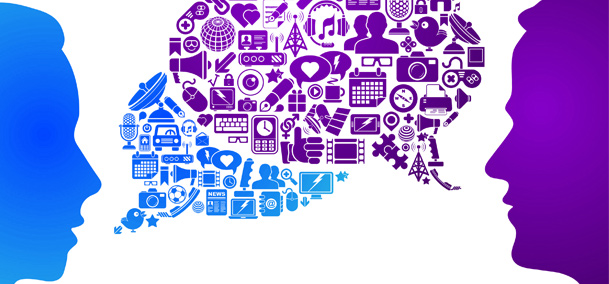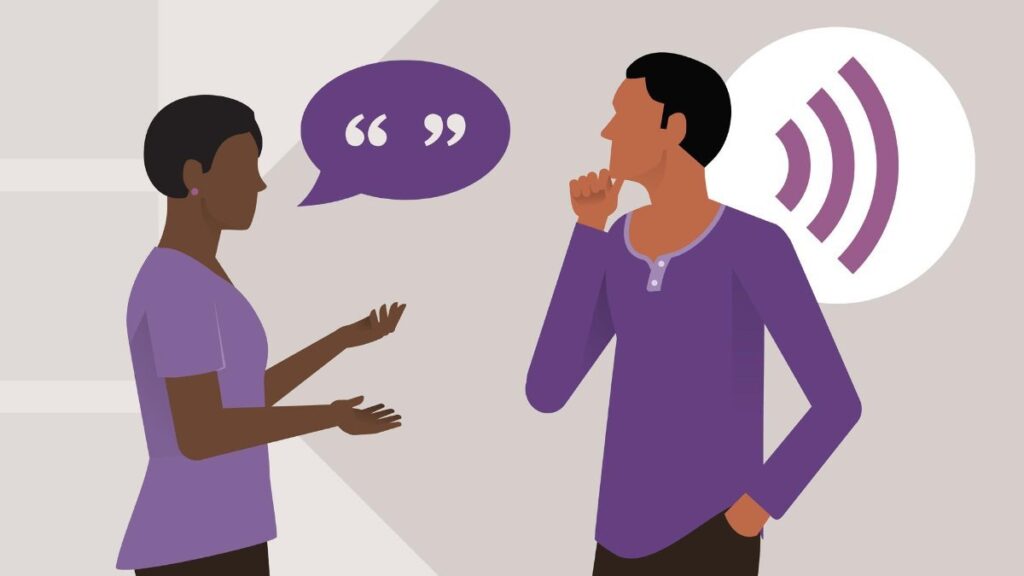Communication
Program 1: Communication Skills Training Session
Why
Effective communication is the cornerstone of success in both personal and professional spheres. This program equips students with the skills to express themselves clearly and listen actively.
What
Students will engage in interactive activities to enhance verbal and non-verbal communication, promoting understanding and mutual respect.
How
By practicing communication in diverse scenarios, students will build confidence and foster stronger connections, empowering them to excel in academics and beyond.
Duration:
2 hours
Target Audience:
Government School Children
1. Introduction to Communication (15 minutes)
- Icebreaker Activity (5 minutes): “Name That Tune”
- Play a short clip of a popular song. Participants take turns guessing the song title.
- Welcome and Objective (5 minutes):
- Explain the importance of effective communication in daily life, school, and future careers.
- Group Discussion (5 minutes):
- Ask participants about situations where good communication is crucial (e.g., school, home, making friends).
2. Verbal Communication (30 minutes)
- Activity 1 (10 minutes): “Word Relay”:
- Participants stand in a circle and pass a word around, building a collaborative story one word at a time.
- Activity 2 (10 minutes): “Describe and Draw”:
- Participants take turns describing an object without naming it, while others draw based on the description.
- Activity 3 (10 minutes): “Role Play Scenarios”
- Provide scenarios (e.g., asking for help, resolving a disagreement) and have participants act them out.

3. Non-Verbal Communication (30 minutes)
- Activity 1 (15 minutes): “Charades”:
- Participants take turns acting out a word or phrase without speaking, while others guess.
- Activity 2 (15 minutes): “Emotion Charades”:
- Participants express emotions through facial expressions and body language, while others guess.

4. Listening Skills (30 minutes)
- Activity 1 (15 minutes): “Listen and Draw”:
- Play an audio clip with simple instructions. Participants draw based on what they hear.
- Activity 2 (15 minutes):
- “Active Listening Pairs” Participants work in pairs. One person shares a short story or experience, while the other listens actively without interrupting.
5. Practice and Feedback (30 minutes)
- Group Activity (15 minutes): “Storytelling Relay”
- Participants form teams and each team creates a story, taking turns to add a sentence.
- Group Discussion and Feedback (15 minutes):
- Ask participants to share what they’ve learned about effective communication. Encourage them to reflect on how they can apply these skills in their lives.
6. Conclusion and Reflection (15 minutes)
- Group Discussion (10 minutes):
- Ask participants to share one thing they learned or enjoyed during the session.
- Closing Remarks (5 minutes):
- Summarize the session and encourage participants to continue practicing their communication skills.

